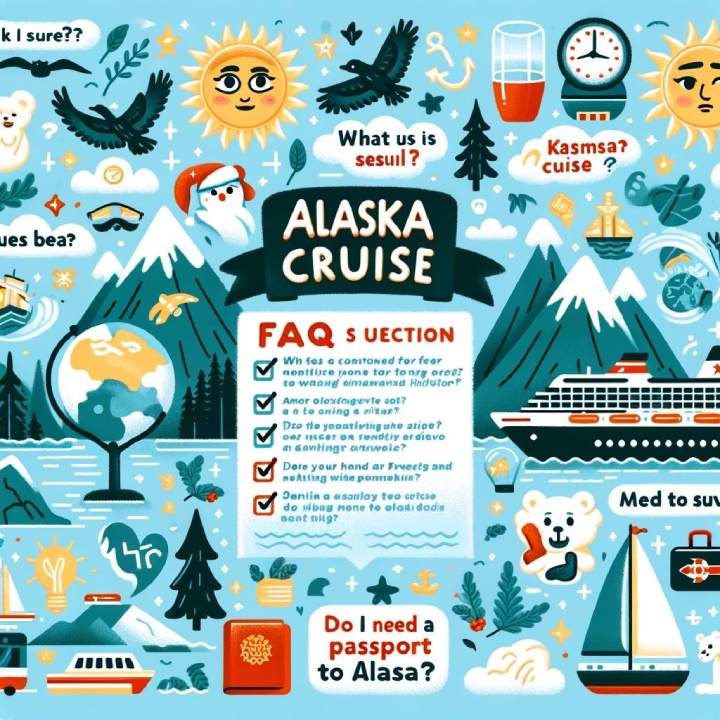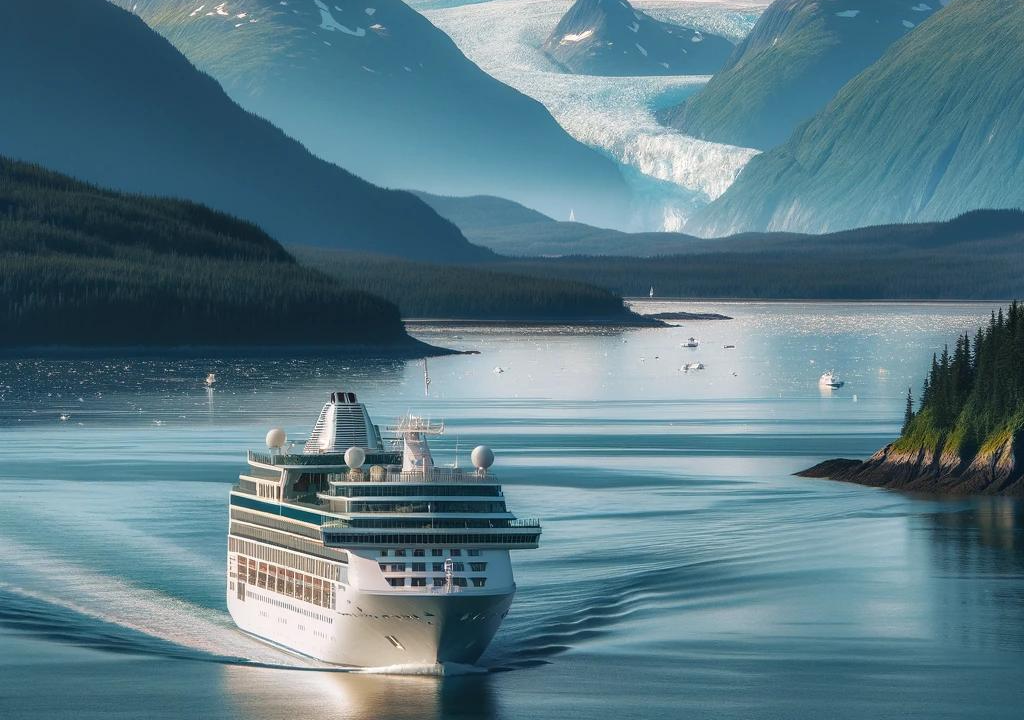
A Cruiser's Guide to Alaska
This eBook is designed to help you plan and enjoy an unforgettable cruise to the Last Frontier. From towering glaciers and majestic wildlife to charming coastal towns and rich cultural experiences, Alaska offers a unique and breathtaking adventure.
Whether you're a first-time cruiser or a seasoned traveler, this guide will provide you with the information and tips you need to make the most of your journey.
Download Your Free Copy of A Cruiser's Guide to Alaska
Why Cruise to Alaska?
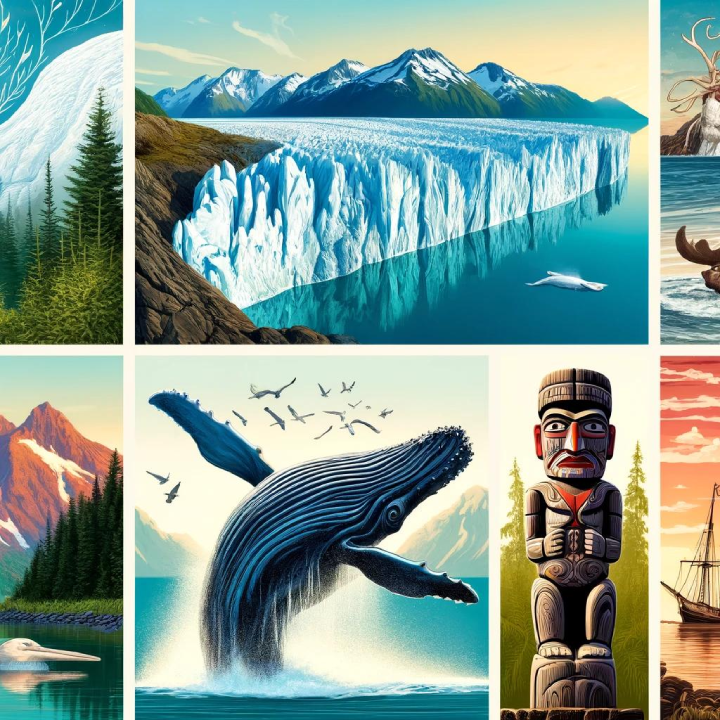
Cruising to Alaska offers a unique blend of adventure, natural beauty, and cultural experiences. The state's vast wilderness, spectacular glaciers, and abundant wildlife make it a dream destination for nature lovers.
Additionally, cruises provide the convenience of visiting multiple destinations without the hassle of constant packing and unpacking. From whale watching and glacier hiking to exploring charming coastal towns and learning about Native Alaskan cultures, there’s something for everyone.
Planning Your Alaskan Cruise

Choosing the Right Cruise Line:
Princess Cruises: Known for their extensive Alaskan itineraries and onboard enrichment programs, Princess Cruises offer a variety of options ranging from budget-friendly to luxury.
Holland America Line: Provides a classic cruising experience with excellent service, mid-sized ships, and scenic cruising opportunities.
Norwegian Cruise Line: Offers a more casual and flexible cruising experience with a range of dining options and freestyle cruising.
Royal Caribbean: Features large ships with a wide array of activities and entertainment options, ideal for families and adventure seekers.
Preparing for Your Trip
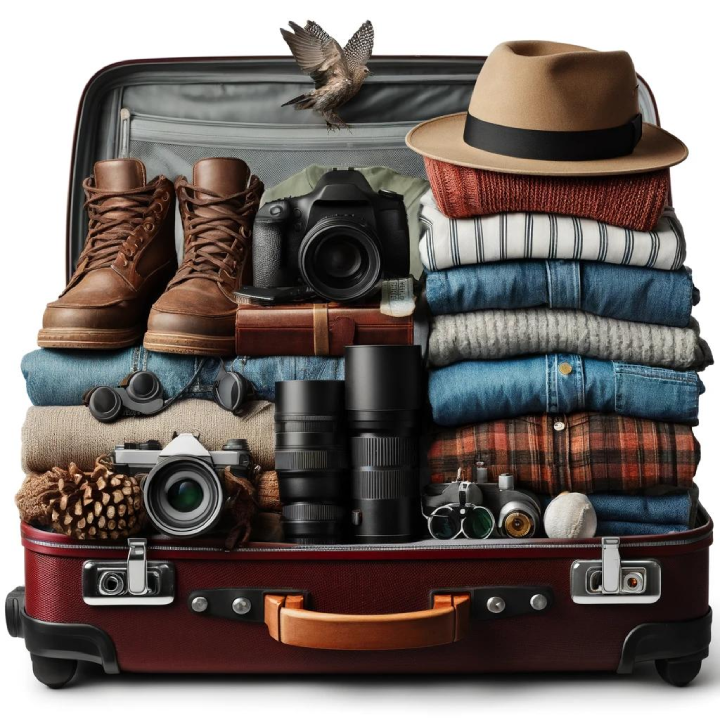
What to Pack:
Clothing: Layered clothing is essential due to varying temperatures. Pack thermal layers, waterproof jackets, comfortable walking shoes, a warm hat, gloves, and sunglasses.
Travel Documents: Bring your passport, cruise tickets, travel insurance documents, and any required visas.
Gear: Binoculars for wildlife viewing, a camera with extra batteries and memory cards, a reusable water bottle, and a small backpack for excursions.
Travel Insurance:
Travel insurance is essential for covering unexpected events such as trip cancellations, medical emergencies, and lost luggage. Ensure your policy includes coverage specific to cruising, such as medical evacuation from remote locations and missed connections.
Health and Safety Tips
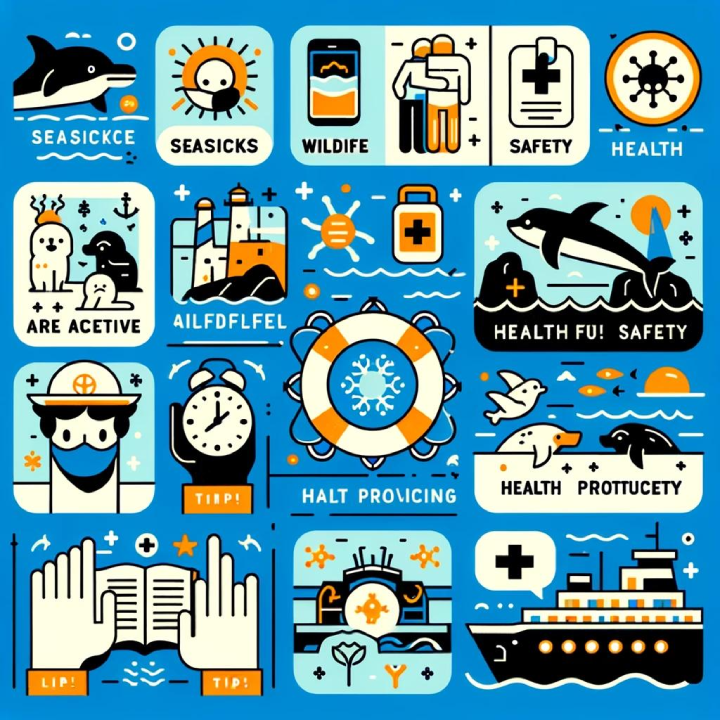
Seasickness: Bring seasickness medication or acupressure bands. Ginger candies or supplements can also help alleviate symptoms.
Wildlife Safety: Always maintain a safe distance from wildlife. Follow the guidelines provided by tour operators and park rangers.
Health Precautions: Stay hydrated, practice good hand hygiene, and be prepared for any pre-existing medical conditions. It’s also a good idea to bring a basic first aid kit.
Juneau
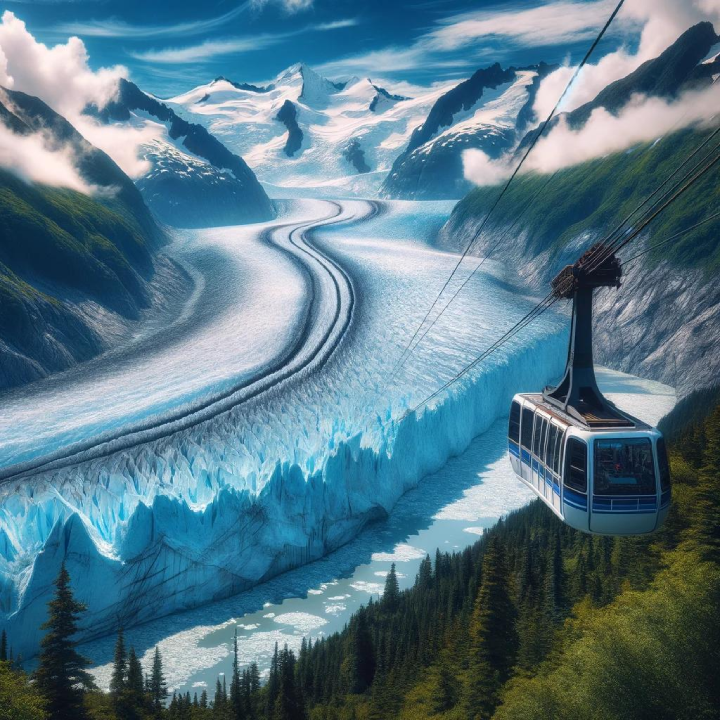
Juneau:
Mendenhall Glacier: Visit the glacier and the nearby visitor center for stunning views and educational exhibits. There are also hiking trails in the area.
Mount Roberts Tramway: Ride the tram for panoramic views of Juneau and the surrounding mountains. At the top, you can enjoy hiking trails, a nature center, and a restaurant.
Downtown Juneau: Explore shops, restaurants, and historic sites like the Alaska State Museum. Don’t miss the chance to sample local seafood.
Ketchikan
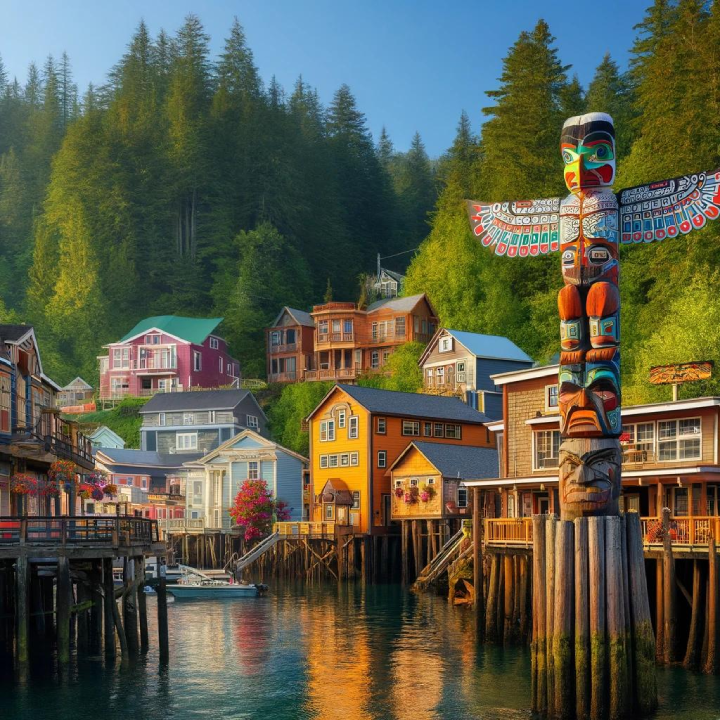
Totem Bight State Historical Park: View impressive totem poles and learn about their significance. The park also offers beautiful coastal views and walking trails.
Creek Street: Stroll along this historic boardwalk, once Ketchikan’s red-light district, now filled with shops, galleries, and museums.
Fishing Excursions: Join a fishing tour to catch salmon or halibut. Ketchikan is known as the 'Salmon Capital of the World.'
Skagway
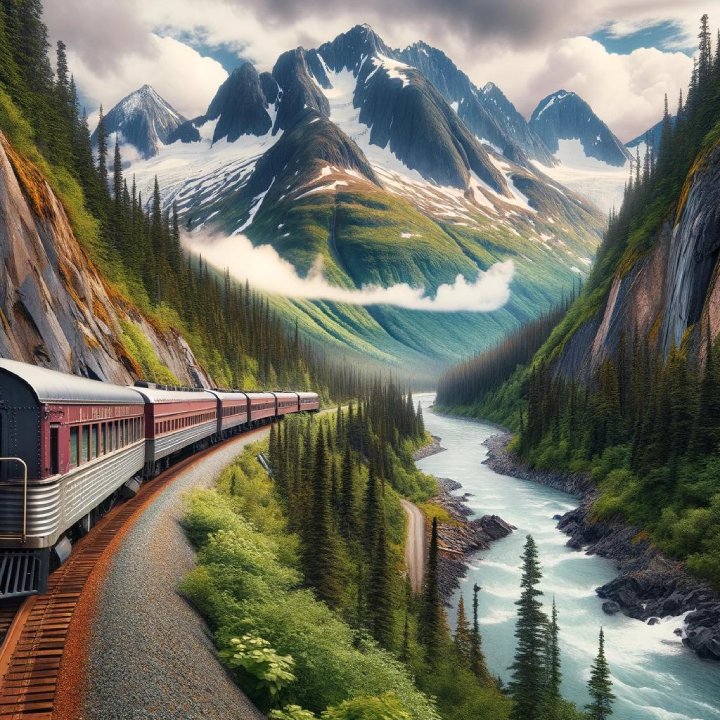
White Pass & Yukon Route Railway: Take a scenic train ride through stunning mountain landscapes, retracing the steps of gold rush miners.
Klondike Gold Rush National Historical Park: Learn about the Gold Rush era through exhibits, restored buildings, and ranger-led tours.
Historic Downtown: Wander through well-preserved buildings, shop for unique souvenirs, and visit the local museums.
Sitka
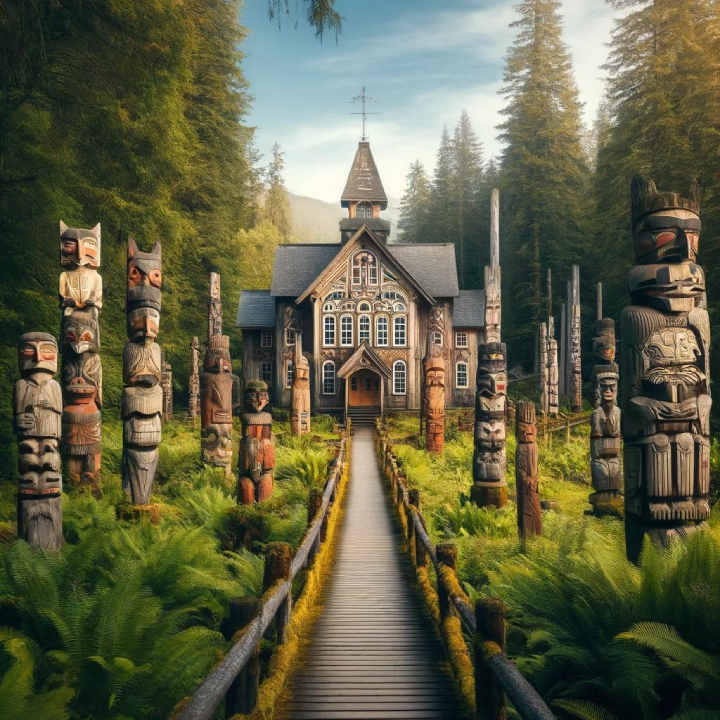
Sitka National Historical Park: Explore trails lined with totem poles, learn about the Tlingit culture, and visit the park’s visitor center.
Russian Bishop’s House: Visit this historic site to learn about Sitka’s Russian heritage and the history of the Orthodox Church in Alaska.
Wildlife Tours: Join a tour to see sea otters, puffins, whales, and other marine life. Sitka is also a great place for bird watching.
Glacier Bay National Park
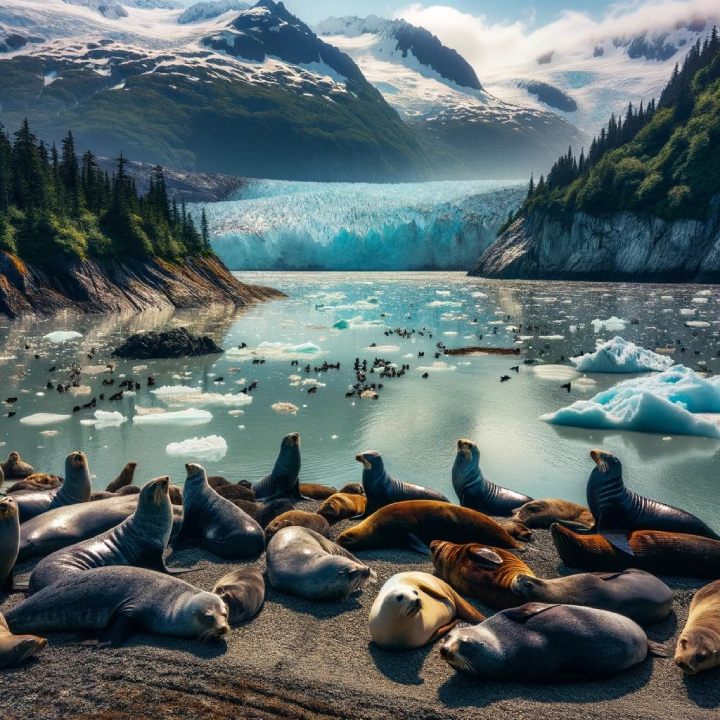
Scenic Cruising: Spend time on deck to fully appreciate the stunning glacier views. Keep an eye out for calving glaciers and wildlife like seals and sea otters.
Photography: Bring a camera with a good zoom lens to capture the beauty of the glaciers and wildlife. Early morning or late evening light can offer the best photographic opportunities.
Park Rangers: Listen to onboard naturalists and park rangers for insightful information about the area. Some cruises even have rangers come aboard to provide commentary.
Onboard Activities and Entertainment

Ship Amenities:
Pools and Spas: Relax and unwind with a swim or a spa treatment. Many ships offer heated pools, hot tubs, and full-service spas.
Fitness Centers: Stay active with state-of-the-art exercise equipment, fitness classes, and sometimes even sports courts and climbing walls.
Lounges and Bars: Enjoy a drink while taking in the scenic views. Most ships have a variety of bars and lounges, from casual poolside bars to elegant cocktail lounges.
Buffet and Casual Dining: Grab a quick bite at the buffet or casual eateries. These venues offer a wide range of options, from international cuisine to made-to-order dishes.
Entertainment and Shows

Broadway-Style Shows: Enjoy spectacular performances featuring talented singers and dancers. Many cruise lines offer original productions as well as adaptations of popular Broadway shows.
Live Music: Listen to live bands and musicians in various venues around the ship. Options may include piano bars, jazz clubs, and outdoor concerts.
Educational Lectures: Attend lectures on Alaskan history, wildlife, and geology. Many cruise lines invite experts and naturalists on board to give presentations and lead discussions.
Dining Options
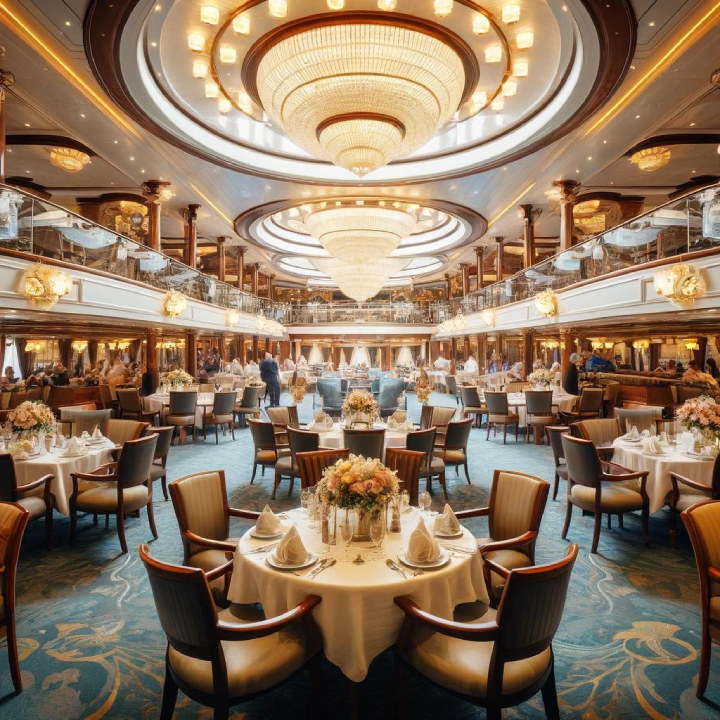
Main Dining Room: Enjoy a variety of dishes with rotating menus. Dining is often included in your cruise fare, and you can choose between set dining times or flexible dining options.
Specialty Restaurants: Indulge in gourmet meals at specialty restaurants (reservations often required). These may include steakhouses, sushi bars, Italian trattorias, and more.
Buffet and Casual Dining: Grab a quick bite at the buffet or casual eateries. These venues offer a wide range of options, from international cuisine to made-to-order dishes.
Whale Watching
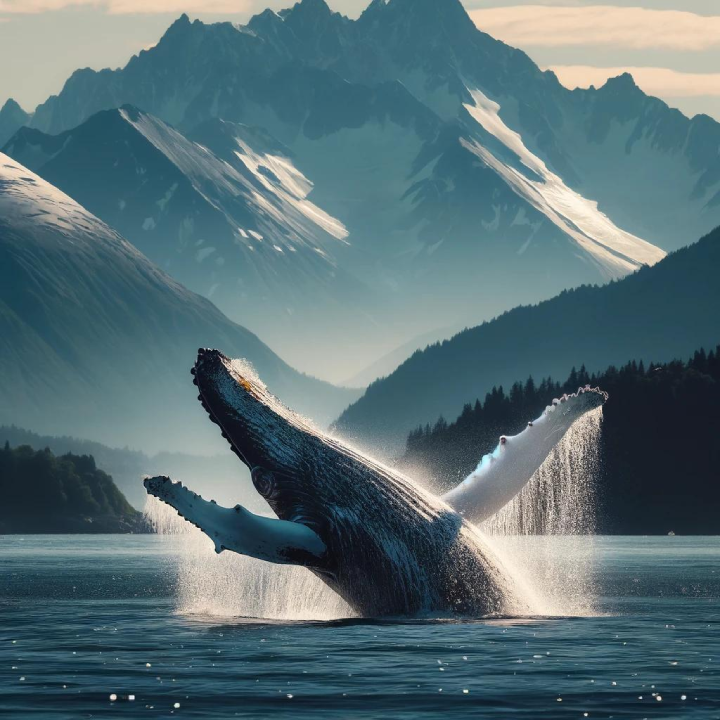
Best Ports: Juneau, Icy Strait Point, and Sitka are known for excellent whale-watching opportunities. Humpback whales, orcas, and gray whales are commonly seen.
What to Bring: Dress warmly, bring binoculars, and have your camera ready. A good zoom lens will help you capture distant whales.
Types of Whales: Learn about the different species of whales you might encounter. Humpback whales are known for their acrobatic breaches, while orcas travel in pods and have distinctive black-and-white markings.
Glacier Tours

Helicopter Tours: Fly over glaciers and even land on them for a guided walk. These tours offer unparalleled views and the chance to experience a glacier up close.
Boat Tours: Cruise close to tidewater glaciers for stunning views and photo opportunities. Look for calving glaciers, where chunks of ice break off and crash into the water.
Glacier Hikes: Join a guided hike on a glacier for an unforgettable experience. Guides provide safety equipment and ensure you have a safe and enjoyable adventure.
Wildlife Viewing
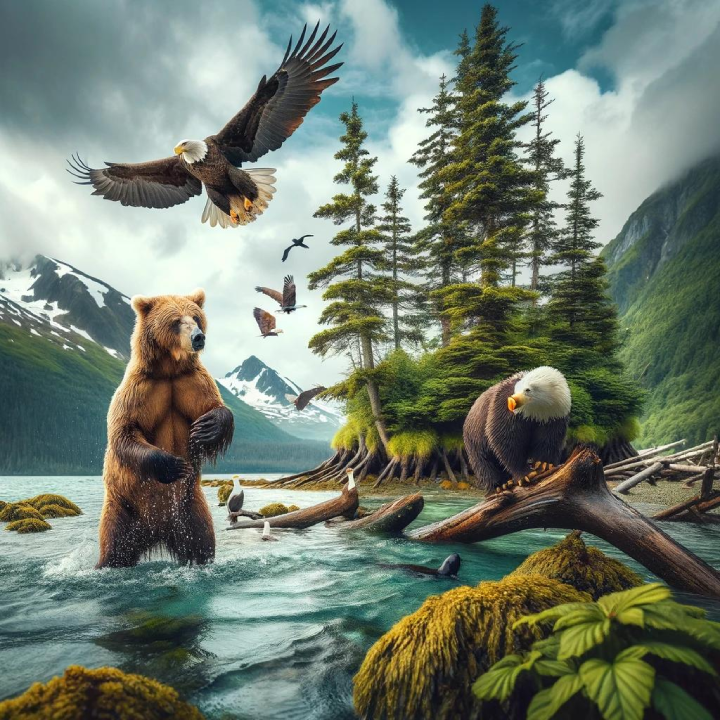
Best Locations: Look for bears in Denali National Park, eagles in Sitka, and sea otters in the Inside Passage. Each location offers unique opportunities for wildlife viewing.
Guided Tours: Join a guided tour for the best chances of seeing wildlife safely. Experienced guides know where to find animals and how to approach them without disturbing their natural behavior.
Binoculars: Bring binoculars for a closer look at distant animals. A good pair of binoculars can enhance your wildlife viewing experience.
Cultural Experiences
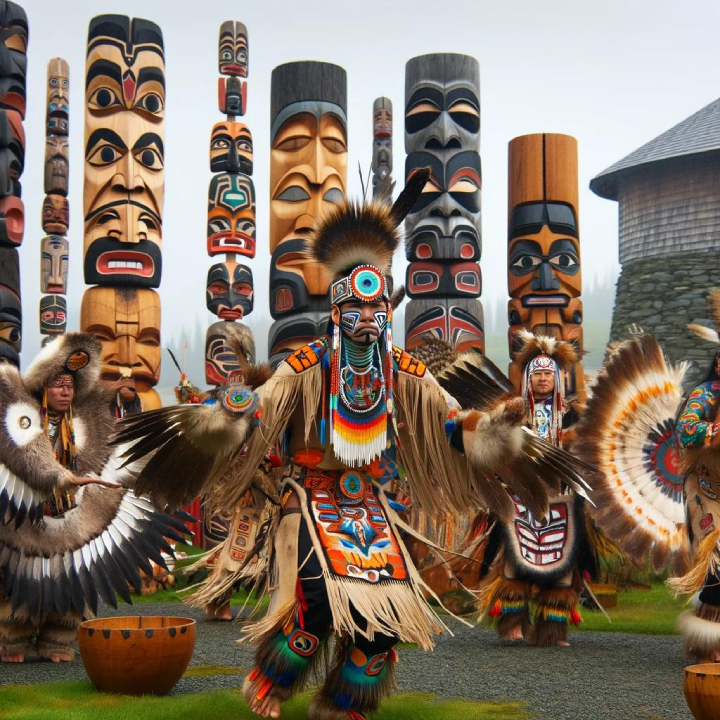
Native Alaskan Museums: Visit museums like the Alaska Native Heritage Center in Anchorage to learn about the history and culture of Alaska’s indigenous peoples.
Cultural Performances: Attend traditional dance and music performances in various ports. These performances offer a glimpse into the rich cultural heritage of Native Alaskans.
Art and Crafts: Purchase handmade crafts and artwork from local artisans. Look for authentic Native Alaskan art, including totem poles, carvings, and jewelry.
Land Tours and Rail Excursions from Anchorage
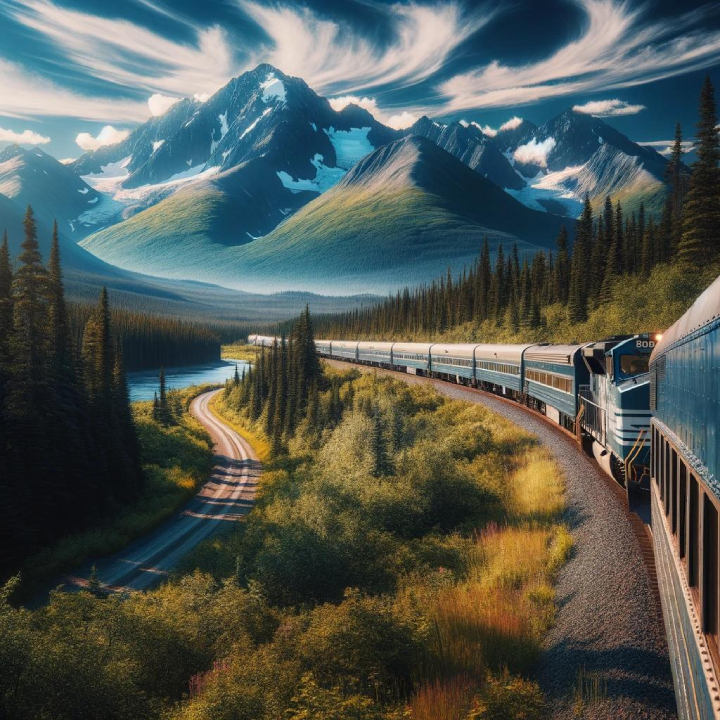
Overview of Land Tours: For travelers who have the time and budget, extending your Alaskan adventure with a land tour is highly recommended. These tours allow you to explore the interior of Alaska and experience its natural beauty and wildlife up close.
Cruise-Sponsored Rail Tours: Description of Rail Tours: Several major cruise lines offer rail tours that extend your Alaskan journey from Anchorage to Fairbanks. These rail tours often include stops at scenic and historic locations, providing opportunities for overnight stays at lodges operated by the cruise lines.
National Park Excursions
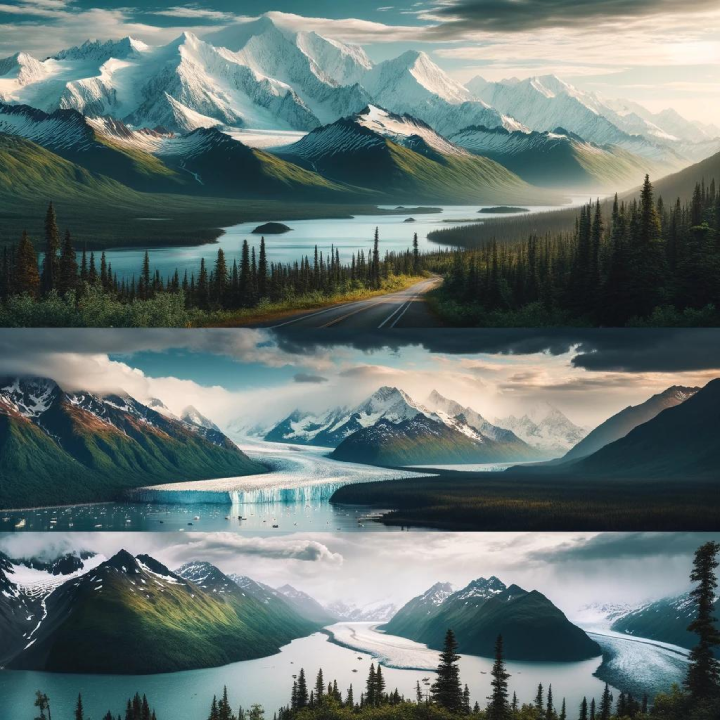
Denali National Park: Explore the park through guided tours, wildlife viewing, and hiking. Look out for Denali (Mount McKinley), North America’s highest peak.
Other Parks: Consider excursions to Kenai Fjords National Park and Wrangell-St. Elias National Park for more breathtaking scenery and wildlife encounters. Each park offers unique landscapes and opportunities for adventure.
Wildlife and Nature Experiences
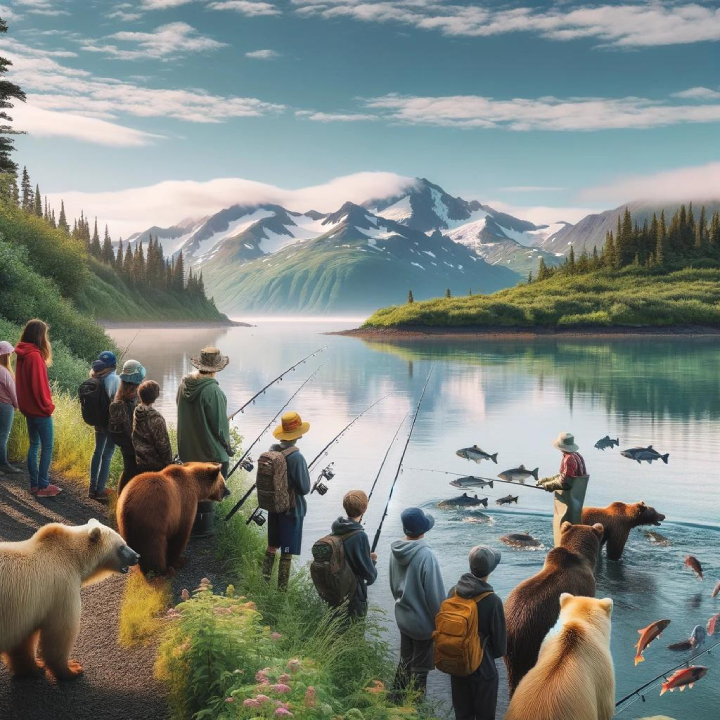
Wildlife Visits: Guided tours to see bears, moose, caribou, and more in their natural habitats. These tours often include visits to wildlife reserves and national parks.
Fishing Excursions: Opportunities for fishing, including salmon and halibut fishing. Alaska’s rivers and lakes are teeming with fish, making it a paradise for anglers.
Nature Walks: Guided nature walks with wildlife experts who provide insights into the local ecosystem. These walks offer a chance to learn about the flora and fauna of Alaska and see wildlife up close.
Lodging and Accommodations
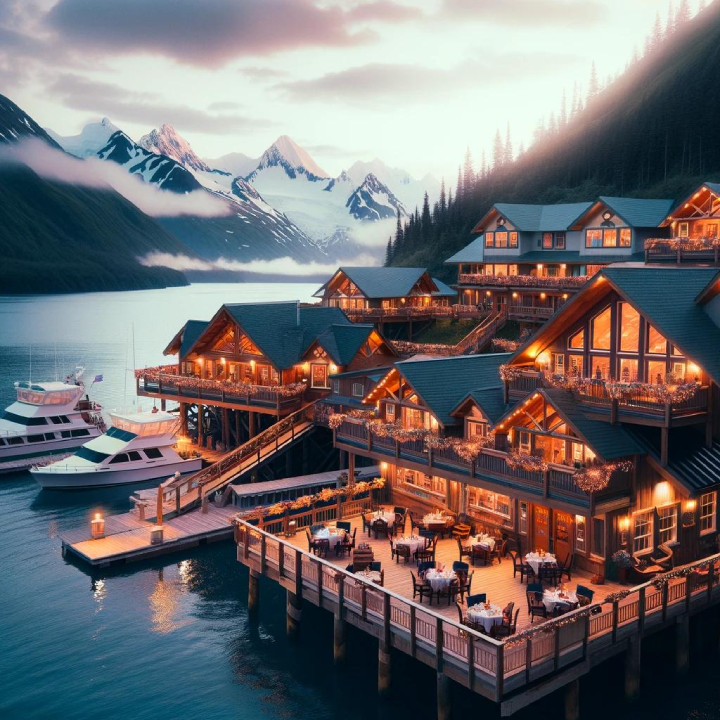
Lodge Features: Expect amenities such as cozy rooms, on-site dining, and easy access to nearby activities and tours. Many lodges offer stunning views and a comfortable retreat after a day of adventure.
Overnight Stays: Multi-night stays at these lodges allow you to fully experience the local area and participate in various excursions. Enjoy the hospitality and unique character of each lodge.
Guided Tours
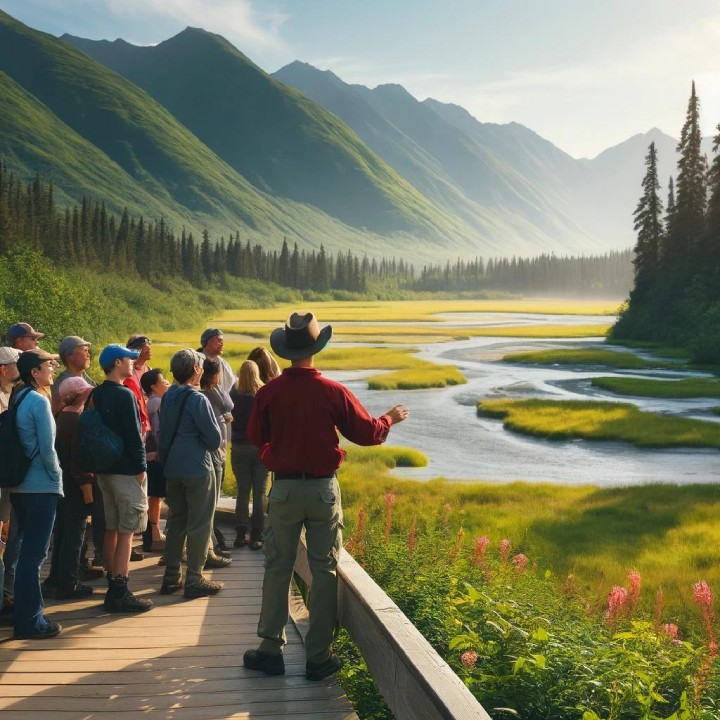
Expert Guidance: Guides provide valuable information about the local flora, fauna, and geography, enhancing your experience. They can also offer tips for photography, wildlife spotting, and safety.
Educational Opportunities: Learn about Alaska’s natural history and cultural heritage through guided tours and interpretive programs. These tours offer a deeper understanding of the region and its significance.
Practical Tips for a Smooth Cruise
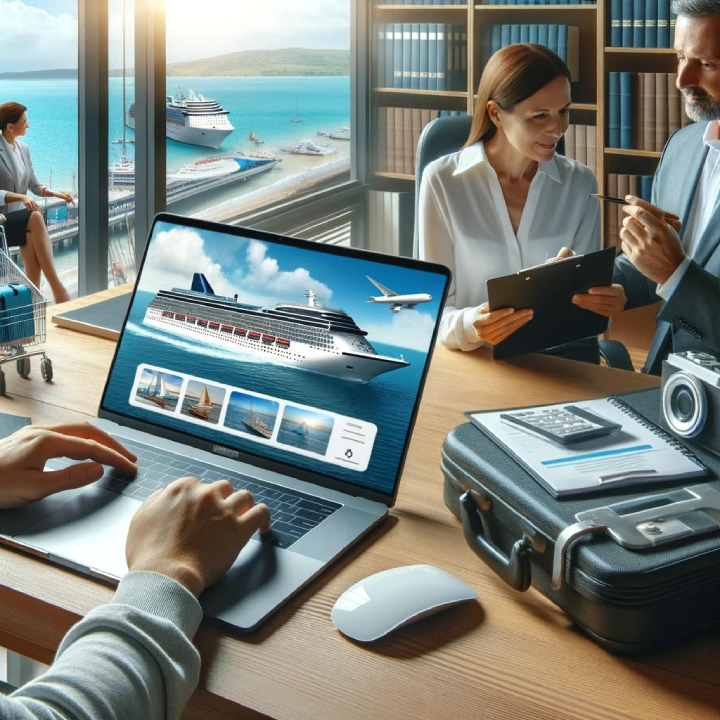
Booking Tips:
Book Early: Early booking often comes with discounts and better cabin choices. Popular cruises can sell out quickly, so it’s best to plan ahead.
Travel Agents: Consider using a travel agent who specializes in cruises for expert advice and assistance. They can help you find the best deals and ensure all details are taken care of.
Package Deals: Look for package deals that include airfare, hotels, and excursions. Bundling services can save you money and simplify the booking process.
Onboard Etiquette
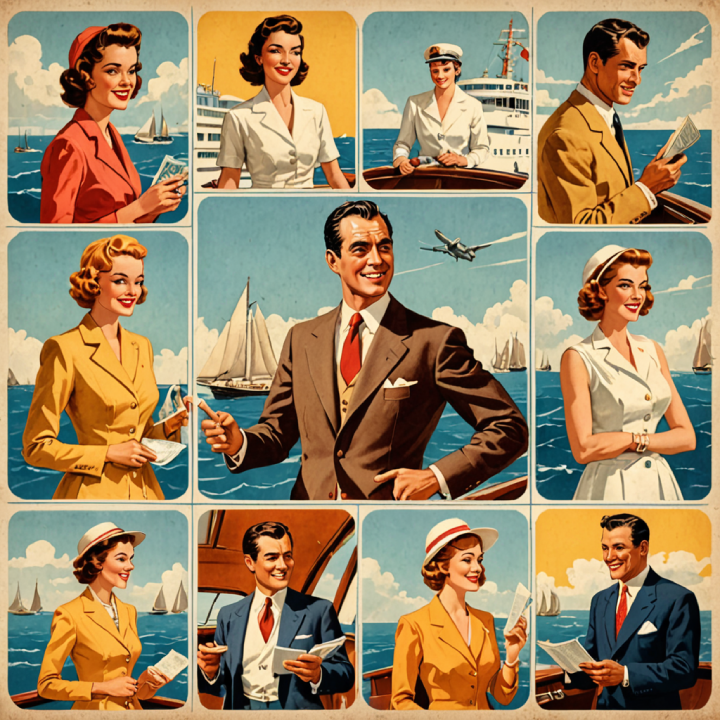
Noise Levels: Keep noise levels down in cabins and public areas. Be mindful of your neighbors and respect quiet hours.
Dress Code: Follow the ship’s dress code, especially in dining areas. Most ships have casual, smart casual, and formal nights, so pack accordingly.
Courtesy: Be polite and patient with crew members and other passengers. A positive attitude and good manners can enhance your experience and that of others.
Staying Connected
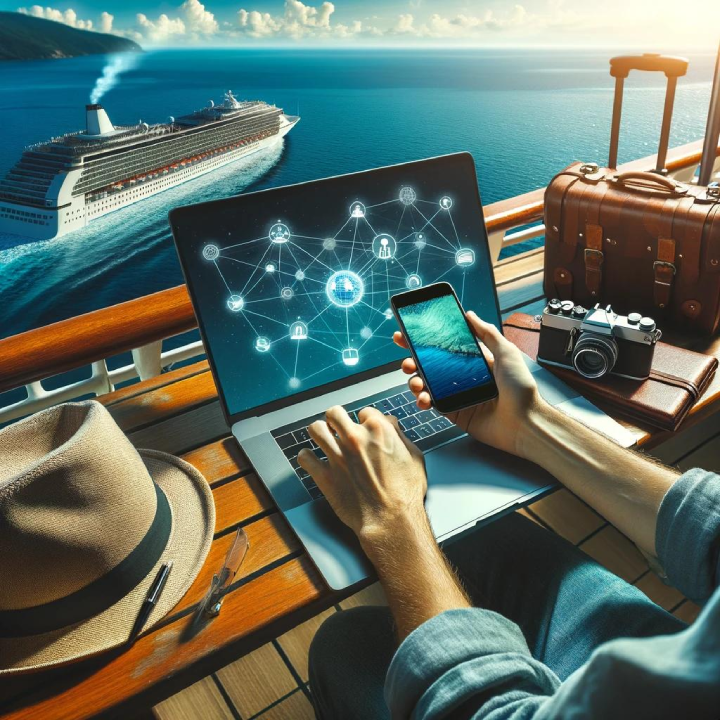
Internet Packages: Purchase an internet package for onboard Wi-Fi access. Most ships offer various plans to suit different needs and budgets.
Cell Phones: Check with your provider about international roaming plans. Some cruise lines also offer onboard cell service for an additional fee.
Ship Communication: Use the ship’s messaging systems to stay in touch with fellow travelers. Many ships have apps that allow you to communicate with other passengers and access important information.
Conclusion
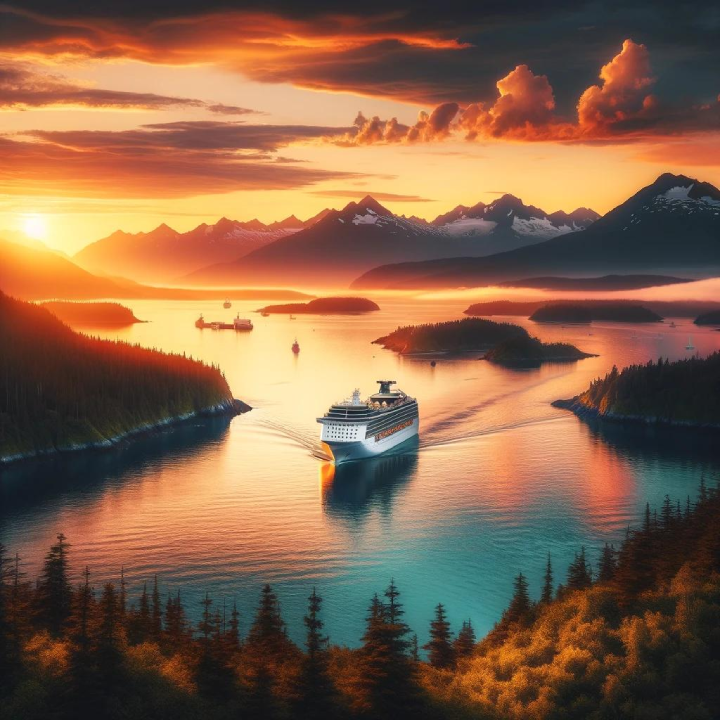
Final Thoughts: We hope 'A Cruiser’s Guide to Alaska' has provided you with valuable information and inspiration for your upcoming adventure. An Alaskan cruise is a journey like no other, filled with breathtaking scenery, unique wildlife, and rich cultural experiences. Embrace the adventure and create memories that will last a lifetime.
Further Resources: For more information and planning, consider these recommended books, websites, and apps:
Books: 'Alaska Cruise Companion' by Joe Upton, 'The MILEPOST' (Alaska Travel Planner)
Websites: CruiseCritic.com, Alaska.org, National Park Service (nps.gov)
Apps: Ship Mate, TripIt, Alaska Marine Highway System
Appendices
Packing Checklist
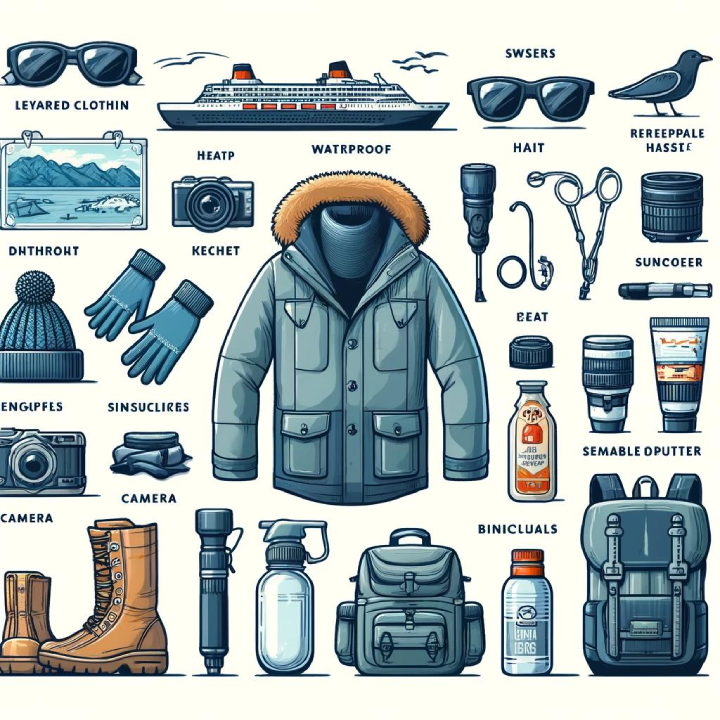
• Layered clothing (including thermal layers)
• Waterproof jacket
• Comfortable walking shoes
• Warm hat and gloves
• Sunglasses and sunscreen
• Travel documents (passport, cruise tickets, insurance)
• Camera and extra batteries
• Binoculars
• Reusable water bottle
• Small backpack for excursions
Useful Contacts
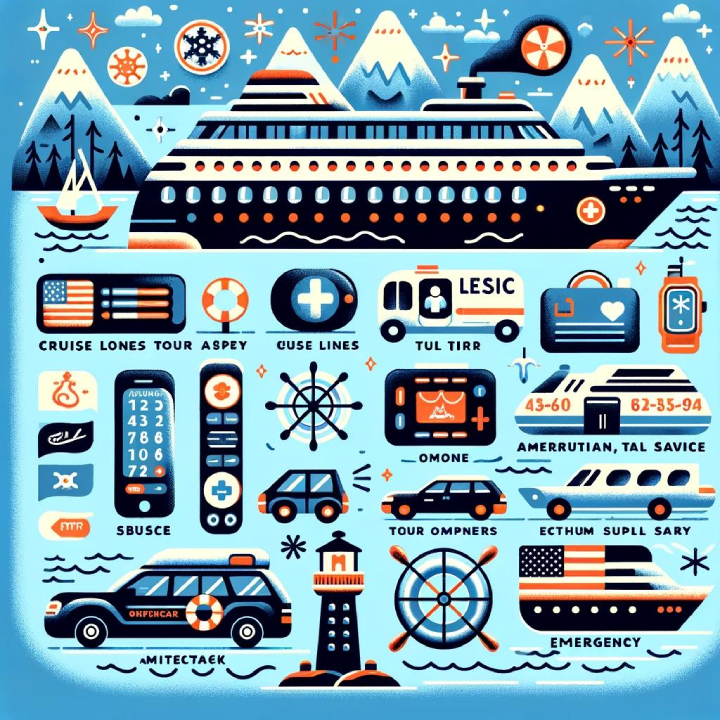
Cruise Lines: Princess Cruises, Holland America Line, Norwegian Cruise Line, Royal Caribbean.
Tour Operators: Local tour operators in Juneau, Ketchikan, Skagway, Sitka.
Emergency Services: Local emergency numbers for each port.
Glossary of Terms
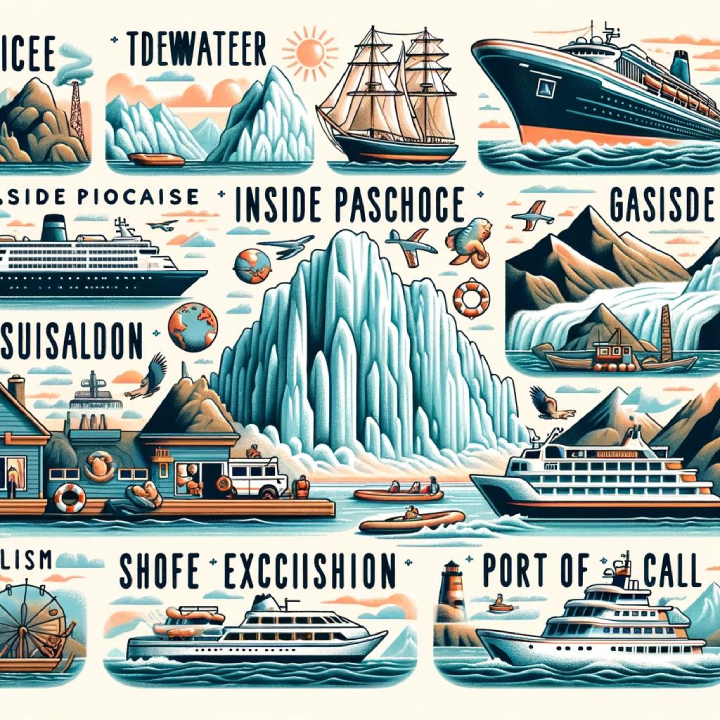
Tidewater Glacier: A glacier that flows directly into the sea.
Inside Passage: A coastal route for ships and boats along a network of passages in Alaska.
Shore Excursion: A tour or activity organized by the cruise line or local operators at a port of call.
Port of Call: A scheduled stop on a cruise itinerary where passengers can go ashore.
FAQs
